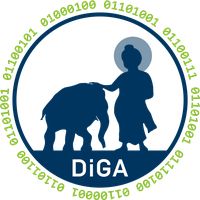About
What is DiGA digitizing?
The DiGA project will digitize and catalogue a corpus of 1,791 Buddhist sculptures from Gandhara currently kept in the Dir Museum in Chakdara and in the Mission House of the Missione Archeologica Italiana in Pakistan (MAIP) in Saidu Sharif (Khyber-Pakhtunkhwa Province, Pakistan). These are statues of the Buddha, Bodhisattvas, tutelary deities, and donors, as well as narrative reliefs illustrating events from the previous and last life of the Buddha Siddhārtha Gautama. The artefacts preserved in Chakdara and Saidu Sharif stem from 13 ancient Buddhist archaeological sites located on the northern and southern banks of the river Swat in the Dir and Swat districts (or Shah-kot-Talash and Jambil Saidu zones): Andan Dheri, Bambolai, Barchoray, Chatpat, Damkot, Jabagai, Macho, Nasafa, Ramora, Sha Shamsi Khan, Shalizara, Talash and Saidu Sharif. These have been excavated by the Department of Archaeology and Museums of the Government of Pakistan, the Department of Archaeology of the University of Peshawar and the MAIP at the end of the 1960s and in the 1990s.
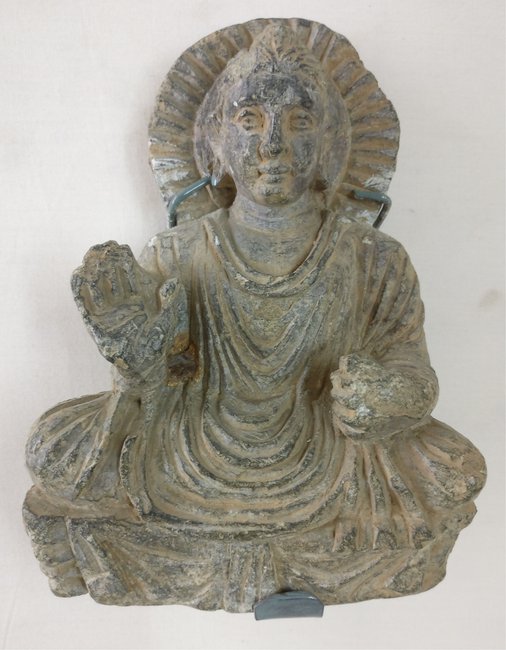
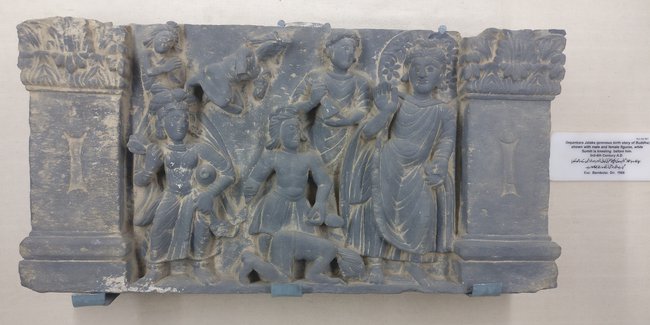
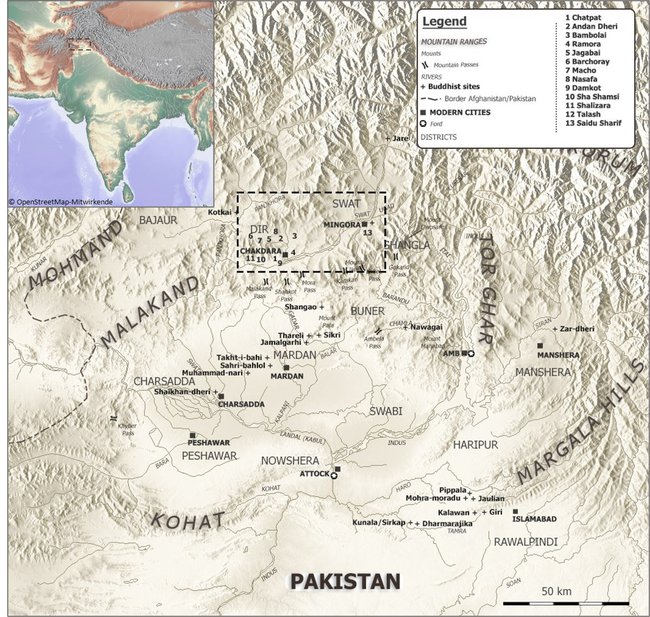
Why is DiGA digitizing these collections?
These collections are exceptional because unlike many other collections of Buddhist art from Gandhara, the archaeological context of the objects is documented. Many Buddhist sculptures from Gandhara were discovered at the turn of the 20th century during excavations which did not follow scientific standards and their entry into various museum collections is often difficult to reconstruct. This intractability of archaeological remains often poses a serious challenge to the study of Gandharan art. The digitisation of these two collections will not only guarantee the preservation of this significant cultural heritage but will also result in a solid corpus for the reassessment of crucial research questions in the field of Gandharan studies. By making this new corpus of sculptures accessible and by developing a technical platform that will enhance the analysis of Buddhist images, particularly of their formal and iconographic features, and facilitate their comparison with corpora of Buddhist texts, the DiGA project will enable cutting-edge research on Gandharan art and Gandharan Buddhism. It will complement the map of production centres, refine our understanding of the development of the artistic school by highlighting patterns of exchange between workshops, and clarify the image of Buddhism in the region by reassessing the interplay between visual and textual sources in the description of Buddhist narratives and the portrayal of Buddhist deities.
How will DiGA digitize the collections?
The researchers of the DiGA project will travel to Saidu Sharif and Chakdara to conduct three photographic campaigns scheduled for 2021, 2022 and 2023. The project pursues a hybrid approach for the digitization of the artefacts. All objects will be documented in two dimensions by means of digital photography and about 100 objects will be selected for 3D digitization using Photogrammetric methods (Structure for Motion). Here, we will focus on statues as well as on objects particularly representative of a specific style or production techniques. The researchers will catalogue and describe the objects in terms of form and content using controlled vocabularies and the annotation of the visual elements on the digitized material. The resulting database will be hosted on heidICON, the image and multimedia database of Heidelberg University Library, and made available on OpenAccess.
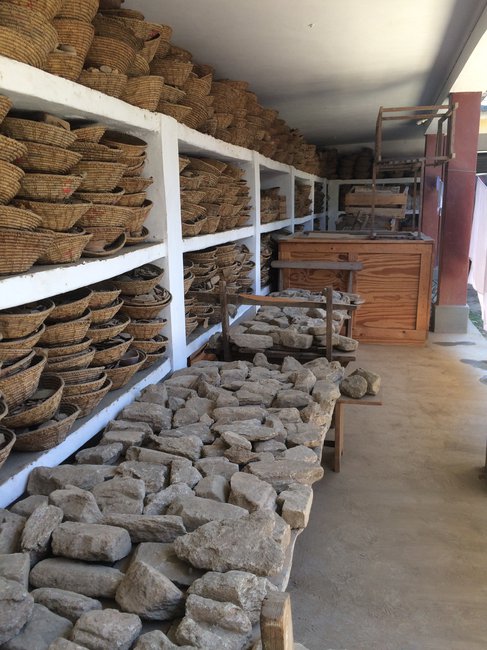
The digitization of the artefacts as well as the documentation of their related meta-data will follow current standards in the field of cultural heritage. In this respect, the project will build upon the work conducted during a preliminary project “DiGA: Development of a Digital Concept for Gandharan Artefacts” (BMBF eHeritage: Development of Concepts, Grant period: 01.02.2017-31.10.2017) and a Pelagios Working Group “Linked Open Data in Gandharan Buddhist Art and Texts” founded by Dr. Frederik Elwert and Jun.-Prof. Dr. Jessie Pons in 2019. The Working Group brings together an amazing team of scholars, curators, and digital humanities experts from different institutions to explore uses of Linked Open Data principles in bridging different collections of Gandharan Buddhist resources extant in both textual and visual media and to develop a set of guidelines that should help in planning and implementing future collection management systems.

Altogether, the DiGA project aims at filling a gap in research in the participating disciplines as well as providing a good practice reference for future digitization projects of Buddhist art in particular and South Asian art in general. Ultimately, the project strives to foster a synergy between a large community of researchers which will substantially advance our knowledge of the history of Buddhism and Buddhist art in the region and beyond!

